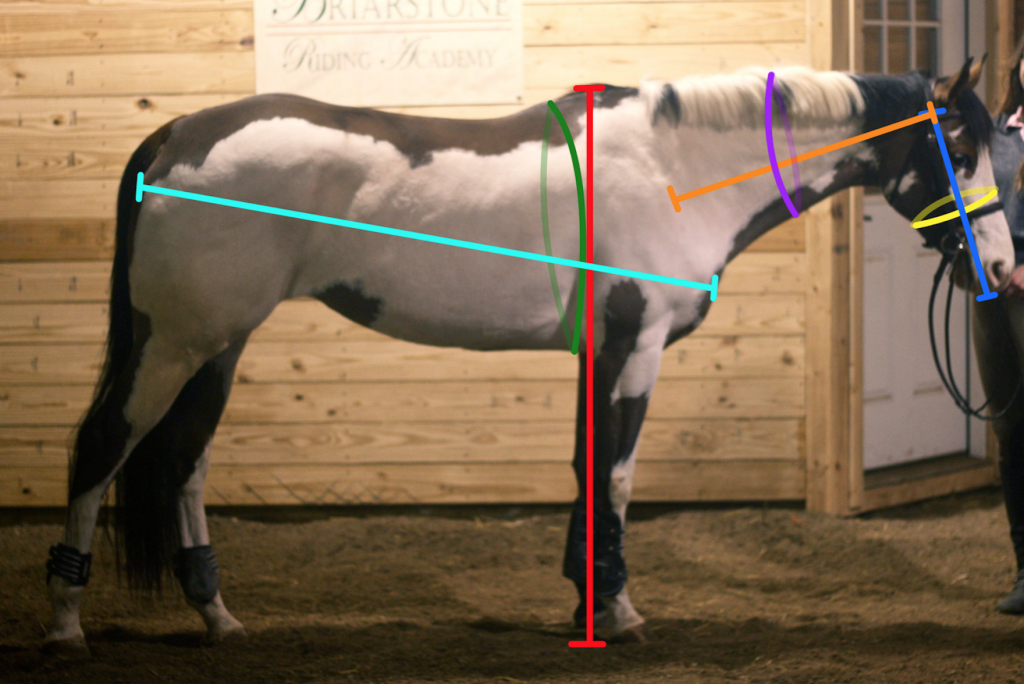Input Needed to Support the Collapsible Fence Study

The University of Kentucky (UK) study is focused on understanding the horse/fence contact and interaction during rotational falls as a means to provide insight into rotational fall prevention and requirements to guide the sport’s course and safety device designers. The team at UK would like to thank the donors to date. Their contributions have enabled our work to progress quickly toward accomplishing this year’s goals. We are very appreciative of the support and keep the donors in mind as we work.
The team is made up of excellent students who are dedicated to their work and everyone’s goals with this effort. Gregorio Robles-Vega is a talented and dedicated Masters student in UK’s Mechanical Engineering (ME) Department who is developing the rotational fall computer simulations for his thesis. Lange Ledbetter is a senior in ME, with experience in photography, software and data processing which he is using to perform video analysis and on-course fence contact data processing. Christina Heilman, a rider majoring in Biosystems and Agricultural Engineering, contributed to the Spring 2016 efforts before she graduated in May. Shannon Wood is an eventing rider and Engineering Physics undergraduate at Murray State University in Kentucky who joined the team for the summer, developing our horse size and shape survey among other valuable contributions.
The team is led by Dr. Suzanne Weaver Smith, who is combining the Eventing experience she gained through testing safety devices, demonstrations for builders and designers, and participating in the FEI Standard development during the previous study. Dr. Smith’s aerospace expertise in complex dynamics, computer simulations, and field testing have been the focus of much of her career. Her work has included projects for the Hubble Space Telescope, an early unmanned aircraft system, the International Space Station, deploying spacecraft, testing, and Mars airplanes, among others where she applied or developed techniques that will be used to understand and help prevent rotational falls.
To understand and take into account the variability of the many conditions and situations that lead to rotational falls, we will use a Monte Carlo simulation similar to those used in weather forecasting. The computer models developed will enable us to consider thousands of different combinations quickly. Our goal is to understand this complex motion thoroughly, and thus how to best prevent the conversion of forward momentum into a rotational fall for various fences. The model incorporates approach speed and direction, contact force and duration, horse and rider weight and size, among others.
How You Can Help

Our progress to date has been to bring together the best information available on each aspect of the motion. Unfortunately, one of the key pieces - horse size and shape – has very little information available from previous studies. We decided to ask the eventing community for help with a “citizen science” survey that requests a few measurements of eventing horse size, weight, and rider height/weight. This survey aims to help us understand the sizes and weights of Eventing horses and riders to use realistic information in our study of collapsible and deformable fences to improve safety. We ask that you please safely take the measurements of the horse as pictured in the survey. We suggest a soft measuring tape at least 7’ in length (one that is used to measure jump heights or lines may be handy) and a horse height measuring stick; a second person is helpful, but not required. An owner or rider with more than one horse can submit a separate survey for each. If there are unknown measurements, such as the horse’s scale weight, it is okay to skip it and complete the rest of the survey. Any information provided will be helpful.
The 10-minute survey can be accessed here.
All contributions to support the project or to provide information through the survey are important and appreciated. Donations to further this study are also very appreciated. You can donate by clicking here.














